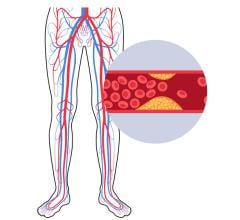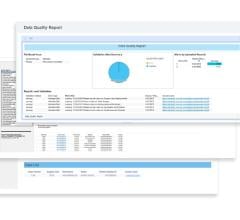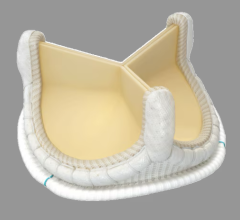July 25, 2008 - The FDA granted 510(k) approval in June for numerous diagnostic and invasive cardiac devices, including both new devices and modified versions of existing equipment. Among the approvals were the following devices:
- CryoCath Technologies Inc. had its FlexCath Steerable Sheath and intended for percutaneous catheter introduction into the vasculature and into the chambers of the heart. The sheath deflection facilitates catheter positioning. It was previously approved to facilitate placing a catheter through the skin into the artery or vein.
-Possis Medical Inc. received approval for the GuardDOG Occlusion System for use in the peripheral vasculature to facilitate the localized infusion of therapeutic for diagnostic fluids, with or without vessel occlusion. The device consists of two components: an occlusion guidewire and a carbon dioxide (CO2) inflation device. The GuardDOG was previously approved is used to inflate the occlusion balloon and seal the guidewire once it is in position.
- Oscor Inc.’s Occlusion Balloon Catheter, Model Venos was approved for a temporary occlusion of coronary sinus during a venogram, or infusion of contrast media or drug, or for possible introduction of devices into the coronary venous system.
- Ikhythm Technologies’ eCARD telephone electrocardiograph transmitter and receiver was approved. It is a prescription only single patient use, event recording ECG monitor that can be worn for up to 30 days. It is indicated for use on patients who experience transient symptoms such as syncope, alpitations, shortness of breath, or chest pains. The cCARD is a rescription only single patient use, continuous recording ECG monitor that can be worn for up to 7 days. It is indicated for use on patients who experience transient symptoms such as syncope, palpitations, shortness of breath, or chest pains.
- Toshiba America Medical Systems had its INFX-8000C digital radiography/fluoroscopy system approved for use in a diagnostic angiography configuration. This system is indicated for use in diagnostic and angiographic procedures for blood vessels in the heart, brain, abdomen and lower extremities.
- Toshiba’s CSBP-001A post processing software body organ perfusion system software was also approved with indications to evaluate the perfusion of organs and tumors. The software allows for the calculation of blood flow, blood volume and permeability from sets pf images reconstructed from dynamic CT data acquired after the injection of a contrast bolus. The package also allows for the independent calculation of arterial and portal venous component of hepatic perfusion. It supports the evaluation of regions of interest and the visual inspection of time density curves.
- Biosite Inc. received approval for its Triage CardioProfilER Panel and , Profiler S.O.B. Panel a single-use device to aid in the diagnosis of myocardial infarction, and the diagnosis and assessment of severity of congestive heart failure. It is a test cartridge for use with the Triage Meter.
- Hansen Medical’s Sensei Robotic Catheter System, Artisan Catheter, were approved with indications to facilitate manipulation, positioning and control, for collecting electrophysiological data within the heart atria with electro-anatomic mapping and recording systems, using the following percutaneous mapping catheters. These catheters include the Polaris-Dx Steerable Diagnostic catheters made by Boston Scientific Corp. and the Livewire Electrophysiology catheters made by St. Jude Medical. The fundamental concept of the system is based on a master/slave control system that enables and visualizes positioning of a steerable catheter tip at a desired point inside the heart, whilst enabling a physician to remain seated and away from the X-ray radiation source The catheter control system has been modified to display 3D electro-anatomic maps from a third party mapping system in the center screen of the Sensei system.
For more information: www.fda.gov


 January 24, 2025
January 24, 2025 









